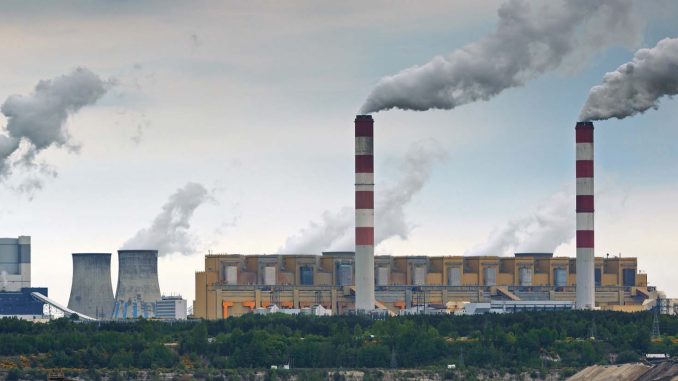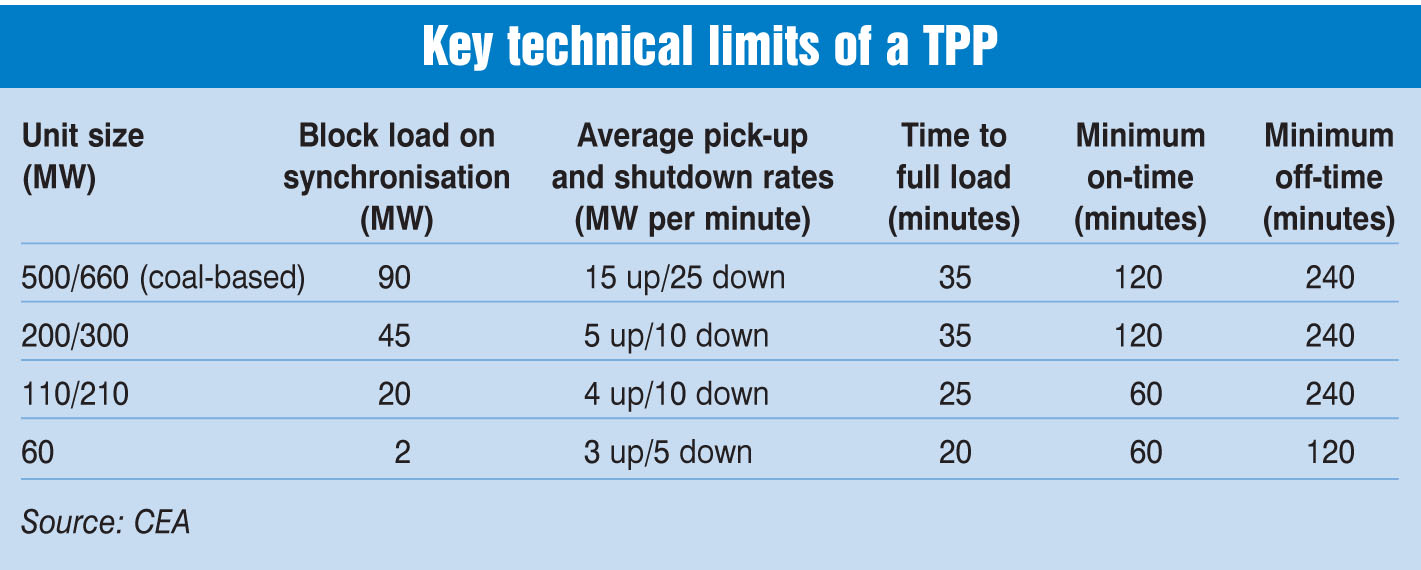
The cyclic operation of thermal power plants (TPPs) may lower efficiency, increase maintenance requirements and reduce equipment lifetime. Further, due to wide variability in renewable generation, a certain degree of flexibility in TPP generation is required to ensure grid stability, and maintain the commercial viability of these plants.
Flexibilisation provides tremendous opportunities in the emerging power sector for conventional TPPs, which were designed to operate as baseload plants. Flexibilisation of operations through retrofits, advanced technologies and operational improvements helps coal-based power plants to move away from baseload operations and ensure reliable power plant operations in case of variable demand.
Growth drivers
The primary driver for the flexibilisation of boiler turbine and generator (BTG) equipment in TPPs is the rapidly changing energy mix. The share of renewables in total power generation has increased significantly over the past decade, and is expected to further increase given the government’s ambitious renewable capacity addition targets. Variability in renewable generation patterns and the associated uncertainty affect grid operations. The problem is further aggravated due to the uneven distribution of renewable resource across states. In such a scenario, the flexible and cyclic operation of TPPs is required to ensure reliable and quality power supply.
Another growth driver for cyclic operations of power plants is the decline in coal-based power demand. The thermal power capacity has grown at a compound annual growth rate of over 11 per cent during the past five years. However, the power demand has not grown at the same pace. As a result, the plant load factor (PLF) of TPPs has declined considerably in recent years, and is set to decline even further. Besides, the PLF of coal-based plants is adversely impacted by the increase in the “peak-to-off-peak” ratio, which has resulted in lower despatch and greater instances of reserve shutdowns.
Impact of cyclic operations
Cyclic operations have an adverse effect on TPP components, mainly thick-walled components operating above the creep (slow and continuous deformation due to high temperature even at constant load) limit such as steam turbines and boilers. It also leads to increased wear and tear in pulverisers, frequent start and stop of high tension fan motors, increased make-up, premature failure of high pressure heaters, and fouling of catalysts in selective catalytic reduction systems. The boiler water wall suffers from corrosion fatigue due to oxygen outage or high start-up oxygen, and chemical deposits on the wall.
At present, thick-walled components such as boiler headers are not designed for the combination of creep and fatigue damage (failure of material when subjected to repeated and/or fluctuating stress due to thermal cycling). As a result of cycling, cracking can be seen in thick-walled components such as turbine valves and casings, and boiler headers. In addition, with frequent start/stop and load variation, water and steam chemistry parameters are disturbed leading to corrosion. High temperature differential and hotspots from low steam flow during start-ups adversely impact boiler superheaters and reheaters. Meanwhile, feedwater heaters are affected by high temperature ramp rates during start-ups. Low pressure turbines also face last-stage blade corrosion due to moisture.
 Flexible generation options for coal-based plants
Flexible generation options for coal-based plants
One of the key technological solutions for flexible operations of TPPs is reliable flame detection for individual burners. Proper flame detection helps guarantee a reliable minimum load operation and avoids trips during start-up. Advanced frequency control is another measure for flexibilisation. It is achieved through condensate throttling and throttling of extraction steam for high pressure pre-heaters. This requires minimum manual intervention and enhances the dynamic behaviour of the plant. Some of the other physical modifications required to achieve flexibilisation are reduction in the mill size; increase in the number of mills; use of special alloys for improved material strengthening; installation of external steam preheating systems to reduce the start-up time; and elimination of thick-walled components such as drums. Apart from this, the evaluation of process limitations (such as boiler calculation to assess the impact of low-load operations) in cooperation with original equipment manufacturers, and documentation of limiting components, process conditions and design buffers aid in flexibilisation.
With regard to the operational strategy for flexible operations, the reassessment of operations and maintenance procedures is needed with respect to water quality, maintenance of critical components, preservation of equipment, and quality control of critical measurements. Equipment automation and control (such as smooth and precise steam temperature control) is also an enabler of flexible plant operations. The upgradation of the standard operating procedure, enhanced visibility of parameters, customised dashboards, predictive analytics and monitoring of asset health can help overcome the challenges of flexibilisation. Further, it is important to provide proper training and skills to the personnel handling the cycling impacts. Meanwhile, test runs are undertaken to evaluate plant flexibility potential with respect to minimal load, start-up and cycling behaviour with the current set.
 Flexibilising TPP equipment through retrofits and advanced technologies Future outlook
Flexibilising TPP equipment through retrofits and advanced technologies Future outlook
Taking cognisance of the need for flexibility in TPP operations, developers are taking steps to flexibilise their plants. For instance, in September 2017, NTPC Limited installed a condensate throttling-based primary frequency control solution at its Dadri TPP (Stage II, Unit 6). Condensate throttling is used for immediate generation of additional power for frequency control.
As per the CEA 2017 report on the roadmap for the implementation of flexibilisation measures, an estimated investment of Rs 39 million–Rs 78 million per MW is required for implementing measures to achieve a minimum load of 40 per cent. It recommends that such measures can be implemented in non-pithead stations or stations that have high energy charges. The CEA recommends that subcritical units could be considered first for implementation. The cost of implementation of flexibilisation measures for NTPC’s non-pithead stations is estimated at Rs 100,000-200,000 per MW. Further, CEA has pegged the total cost implementation of these measures (start-up optimisation and condition monitoring) at Rs 78 million-155 million per MW. For NTPC’s non-pithead stations, the cost is estimated at Rs 200,000-460,000 per MW.
According to NITI Aayog’s draft National Energy Policy, policy enablement will play a key role in the development of flexible generation sources. It added that mechanisms for fair price discovery and compensation to flexible resource providers will be established going forward. The flexible operation of TPPs will help create synergies between conventional and renewable energy sources, and even the stranded gas-based capacity may find a market.
To conclude, flexibilisation is a fundamental change for power plants and if utilities fail to keep up with this trend, they may experience a loss in thermal efficiency and an additional stress on their components. Thus, there is a need to take a customised approach and study station-specific conditions to adopt the right strategy for flexible operations. The utilities need to manage their assets through a least-cost option while responding to a changing market.
